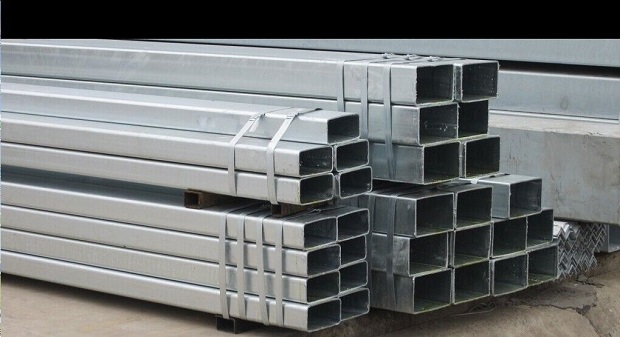Galvanized square tubes are divided into hot-galvanized square tubes and cold-galvanized square tubes from the production process. It is precisely because of the different addition of these two kinds of galvanized square tubes that they have created many different physical and chemical properties. In general, they have many differences in strength, toughness and mechanical properties.

1. Hot dip galvanized square tube:
Hot-dip galvanized square tube: It is a square tube made of steel plate or steel strip after crimping and welding, and on the basis of this square tube, the square tube is placed in a hot-dip galvanized pool after a series of chemical reactions, a kind of steel square tube. The production process of the hot dip galvanized square tube is relatively simple, and the production efficiency is very high, and there are many varieties and specifications. This square tube requires few equipment and capital, and is suitable for the production of small galvanized square tube manufacturers. But in terms of strength, the strength of this steel pipe is far lower than that of seamless square pipes.
2. Cold galvanized square tubing:
The cold-galvanized square tubing uses the principle of cold-galvanized on the square tube to make the square tube have anti-corrosion performance. Different from hot-dip galvanizing, cold-dip galvanizing coatings are mainly anti-corrosive by electrochemical principle. Therefore, it is necessary to ensure sufficient contact between zinc powder and steel, resulting in electrode potential difference, so the surface treatment of steel is very important.
The difference between cold and hot galvanized square tubing:
There are two types of galvanized square tubes: hot-dip galvanized square tubes and electro-galvanized square tubes. Hot-dip galvanized square tubes include wet method, dry method, lead-zinc method, and redox method. The main difference between the different hot-dip galvanizing methods is to use a method to activate the surface of the pipe body to improve the quality of galvanizing after acid pickling and cleaning of the steel pipe. At present, the dry method and the redox method are mainly used in production, and the characteristics are shown in the table. The surface of the zinc layer of electro-galvanized zinc is very smooth and dense, with a uniform structure; it has good mechanical properties and corrosion resistance; zinc consumption is 60% to 75% lower than that of hot-dip galvanizing. Electrogalvanizing has certain technical complexity, but this method must be used for single-sided coatings, double-sided coatings with different thicknesses on the inner and outer surface coatings, and galvanizing of thin-walled tubes.


